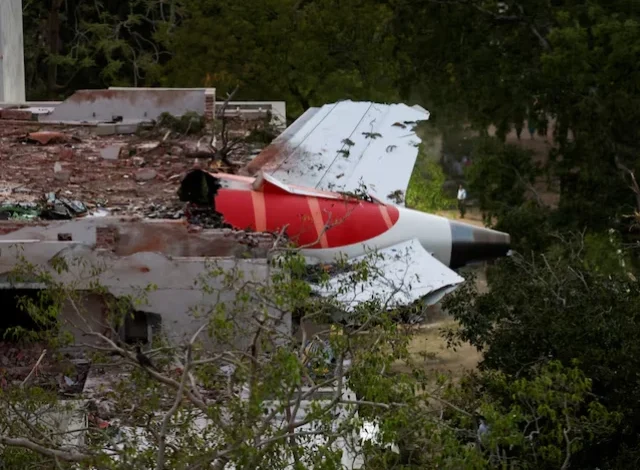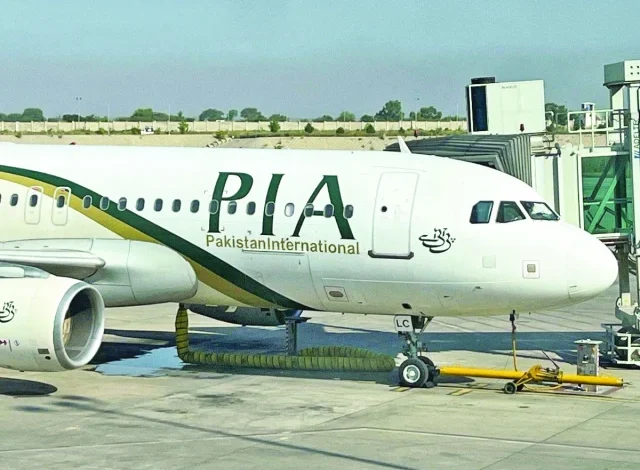
Air India Crash Probe Centers on Fuel Switches as Report Nears
Investigators examining last month’s fatal crash of an Air India Boeing 787 Dreamliner are narrowing their focus to the plane’s engine fuel control switches, according to three sources familiar with the matter. A preliminary report into the accident is expected to be made public by Friday, nearly a month after the June 12 disaster.
The London-bound flight, which took off from Ahmedabad, began to lose altitude shortly after takeoff, crashing just moments later. The tragedy claimed the lives of 241 of the 242 people on board, along with several individuals on the ground, making it one of India’s deadliest aviation accidents in recent years.
Sources close to the probe revealed that data retrieved from the aircraft’s flight data and cockpit voice recorders, alongside a simulated reconstruction by Boeing, led investigators to examine the movement of the engine fuel control switches, which are critical in regulating power to the engines.
The investigation has not pointed to any mechanical failure as a probable cause so far, and no operational bulletins have been issued to airlines regarding potential issues with the 787 Dreamliner’s systems. Boeing has declined to comment.
Industry publication The Air Current first reported the investigation’s attention on fuel switches. While it remains unclear exactly what actions involving the switches are under scrutiny, one source noted that the analysis of black box data could not conclusively determine whether the switches were misused, inadvertently toggled, or intentionally operated.
Aviation safety expert John Cox weighed in, saying the switches in question are unlikely to be accidentally moved. “You can’t bump them and they move,” he stated, noting that turning them off would cut engine power almost instantly.
Investigators had previously indicated that engine thrust was one of the key areas under review. Multiple contributing factors are typically involved in aviation accidents, and officials are still piecing together the exact sequence of events that led to the crash.
The Aircraft Accident Investigation Bureau (AAIB) of India, which is leading the inquiry under international protocols, has not responded to media requests for comments. The preliminary report’s release could still face delays or offer limited insights, warned officials familiar with the situation.
The crash investigation has drawn criticism for its lack of transparency, particularly after authorities took nearly two weeks to retrieve and analyze flight data. India held only one official press conference, and no questions were allowed from journalists.
In a significant development, India has reversed its decision to block a United Nations aviation investigator from participating in the probe. The International Civil Aviation Organization (ICAO) was granted observer status after a rare request by the agency. ICAO declined to comment, saying such cooperation must be authorized by the country involved.
The crash is a major setback for the Tata Group, which acquired Air India from the government in 2022 with plans to transform the carrier’s image and modernize its operations. The airline had been on a path of expansion and was seen as a key player in India’s ambitions to build a global aviation hub akin to Dubai.
In the wake of the accident, a parliamentary panel has summoned aviation and government officials to testify about the country’s aviation safety protocols. The panel is scheduled to meet Wednesday to review the sector’s safety standards and the details surrounding the Air India crash.






